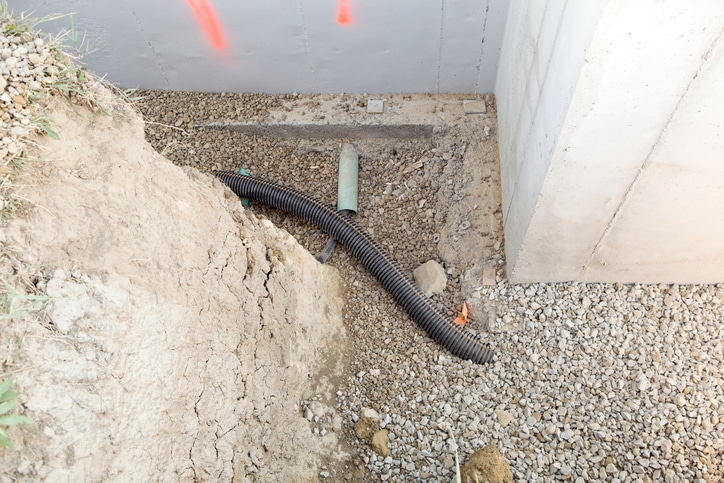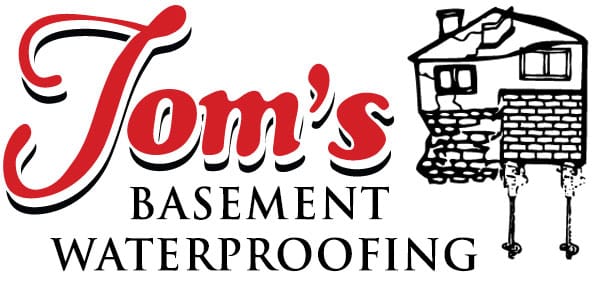
A French drain is a simple and effective way to direct water away from your foundation. It is something you can easily install yourself, and it is more affordable than getting gutters around your home. Guttering is the ideal water drainage solution, but a French drain is still plenty sufficient for preventing foundation cracks. Here is a basic guide for how to set up a French drain.
What You Need
- Shovel
- Gravel
- Landscape fabric
- 4″-6″ perforated PVC plastic drain pipe
- Optional: landscaping paint (to mark where you want the French drain to be)
Choose The Location For Your French Drain
If you do not have gutters on your roof, you may already have a trench around your foundation where water has dripped over time. If not, you will need to choose a location where water tends to pool up in the yard. Plan a route for the drain that will push the excess water onto the street, a nearby creek, or somewhere else away from your foundation. Just make sure you don’t direct the water into your neighbor’s property. Check local ordinances to make sure your new drainage system is within city codes.
If you want, you can use landscaping paint to mark where you want the French drain to be.
Dig A Trench
Dig a trench along the path for your French drain that is at least 6 inches wide and 24 inches deep. Put the excess dirt to the side because you will need that to cover the drain later on. Make sure your trench moves at a slight downward angle to encourage water to flow down and out. Fill the bottom of the trench with about 2 inches of gravel.
Lay The Pipe
Lay your piping on top of the gravel in the trench. Cover it with landscaping fabric to prevent dirt and small debris from clogging the holes in the pipe. The fabric should hang over the edges of the pipe, about 2-4 inches on each side. Cover the fabric with another layer of gravel, and then shovel the dirt on top.
The End Of The French Drain
The end of your French drain should be open so water can flow out of it. You can add rocks and more gravel in this area to keep the water flowing away from your property. As long as you set everything up well, this should significantly decrease the groundwater buildup and hydrostatic pressure near your foundation.
